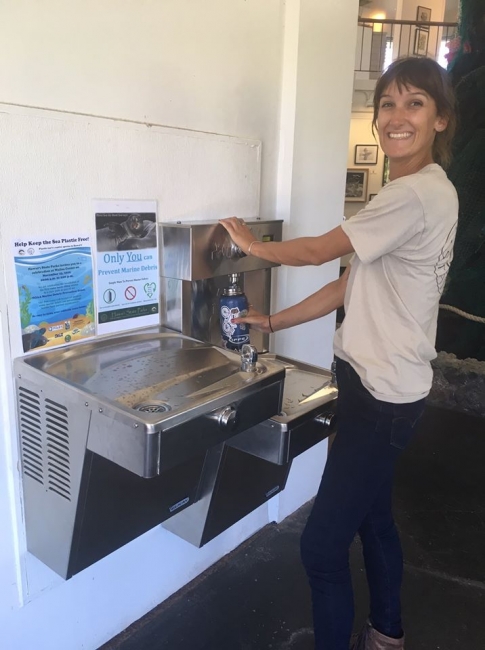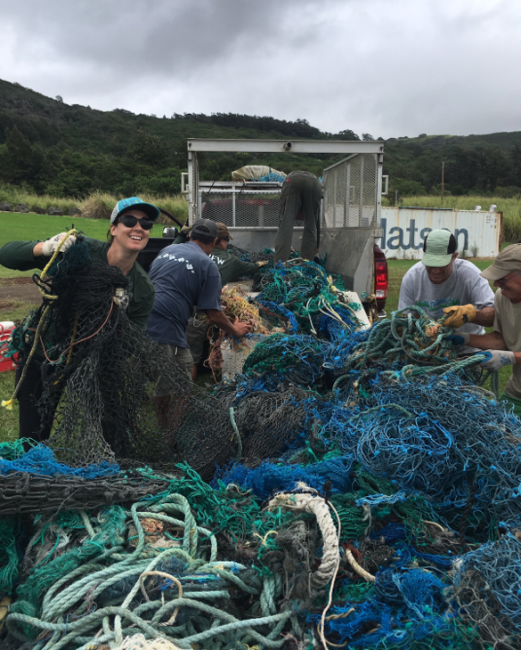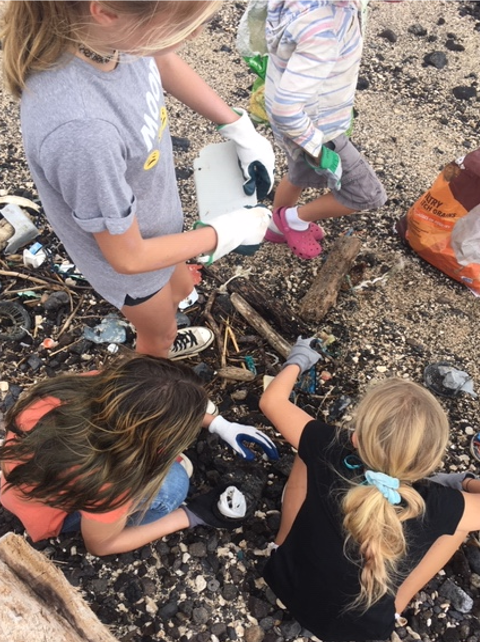The Pacific Ocean bonds and connects many islands and people throughout the region. These communities share in the art and science of traditional navigation, which has fostered an intimate attachment to the ocean over many generations. Today, these island communities also share in the struggle of mitigating marine debris as they work to protect the ocean.
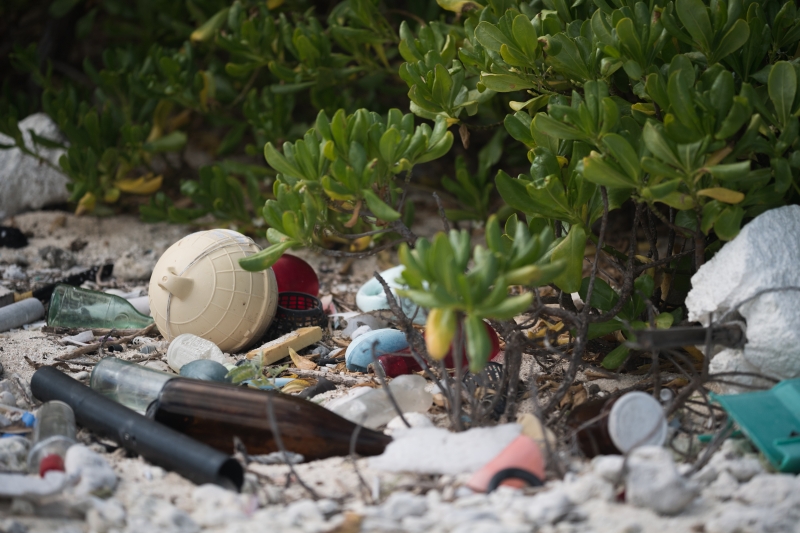
Derelict and abandoned fishing gear continue to catch fish long after they are actively used; single-use items that are made out of plastic persists in the ocean, breaking up into increasingly smaller pieces making it extremely difficult to remove; and abandoned and derelict vessels damage coral reefs, obstruct navigational channels, and diminish commercial and recreational activities. These types of marine debris, and others, are damaging to the Pacific and beyond. The NOAA Marine Debris Program’s (MDP) Pacific Islands Region includes the Commonwealth of the Northern Mariana Islands, Guam, American Samoa, and Hawaii. Despite these impacts and threats, these oceanic communities continue to practice strong community stewardship.
The Lady Carolina is an 83 foot, 54 ton, steel hulled derelict fishing vessel. During the devastating August 2015 Typhoon Soudelor, the vessel broke free of its mooring and ran aground in Saipan Lagoon. Pacific Coastal Research & Planning is undertaking the coordination of its removal which will prevent further environmental impacts. To increase knowledge and awareness of abandoned and derelict vessels, and storm preparedness, community outreach activities around the removal will be conducted.
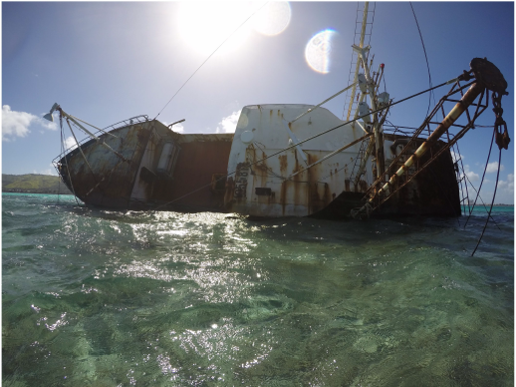
Hawaii State Parks, with the support of a NOAA MDP Prevention grant, is working to install 19 water bottle filling stations across State Parks. These filling stations aim to provide park users the opportunity and choice to refill their water bottles within the park and reduce the amount of single-use plastic water bottles that are used. The first filling station was installed in November of 2019 at Wailoa Center in Hilo, Hawaii with the rest to follow throughout 15 parks.
Bivalves, such as oysters and mussels, and locally caught fish are key foods for coastal communities and others worldwide. Researchers from Arizona State University are working with the American Samoa Environmental Protection Agency, the American Samoa Department of Marine and Wildlife Resources, and local college students to analyze water samples, sediment, bivalves, and fish to understand the impacts of microplastics and contaminants on locally consumed seafood and the potential risks to humans in American Samoa.
The Hawai‘i Wildlife Fund is tackling the tremendous amount of derelict fishing debris through a partnership spanning across Hawai‘i Island, Kaua‘i, Maui, and Lānaʻi. Their removal project is also focusing on removing medium- to large-scale marine debris from local coastlines through workdays and community cleanup events. In 2019, their partnership removed 41 tons of debris from three islands with the help of 1,760 volunteers. Additionally, they engaged 841 students in education and outreach.
In Guam’s beautiful Cocos Lagoon, an abandoned artificial tire reef sits on the ocean floor. The artificial reef is made up of 2,482 tires and is estimated to weigh between 16-28 tons. The Guam Environmental Protection Agency is working with partners to plan and coordinate the removal of the tires. Visit the blog later this week to learn more about this project.
Though marine debris is extremely prevalent in the Pacific Islands Region, we are encouraged by the dedicated work of these organizations. The ocean’s health, and that of its resources, are key to the subsistence and cultural practices of these communities. The work of these partners helps to ensure that future generations are as connected through and to the ocean as generations past.

